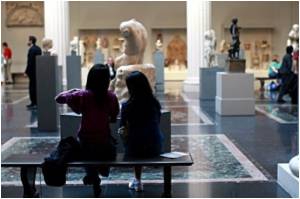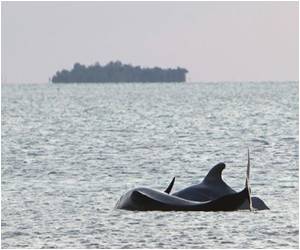Santiago Calatrava, celebrated Spanish architect, unveiled his Museum of Tomorrow planned as part of a major gentrification project for the Rio waterfront.

"Half of the design is occupied by the nearby urban area, such as the Sao Bento hill. We wanted to make gardens and an architectural walkway around the museum which will offer an ecology lesson, like filtering the water from the bay for use in (decorative) pools," Calatrava said as he presented the design for the museum due to open in 2014.
"The museum is not only an object, but it is the city. The landscape becomes a fundamental element. the (17th century) Sao Bento monastery needed to be seen. The building needed to be horizontal."
The museum is built on a pier in the middle of a large green space of 30,000 square meters (322,900 square feet) with gardens, pools, a bike trail and a recreational area. Water from the bay will also be used for air conditioning.
The two-story structure features a cantilevered roof and facade with moving elements that extends almost to the full length of the pier. On the roof, large steel structures that move like wings will serve as a foundation to store solar energy.
The museum, the first to deal with prospects for building the future, "will encourage visitors to ponder the impact of their actions on the planet," said physicist Luiz Alberto de Oliveira, an official involved with the project.
Advertisement
"It will be an educational tool on our current actions that will build the world of tomorrow, on how we will live in 2050 when the world population reaches nine billion," de Oliveira added.
Advertisement









